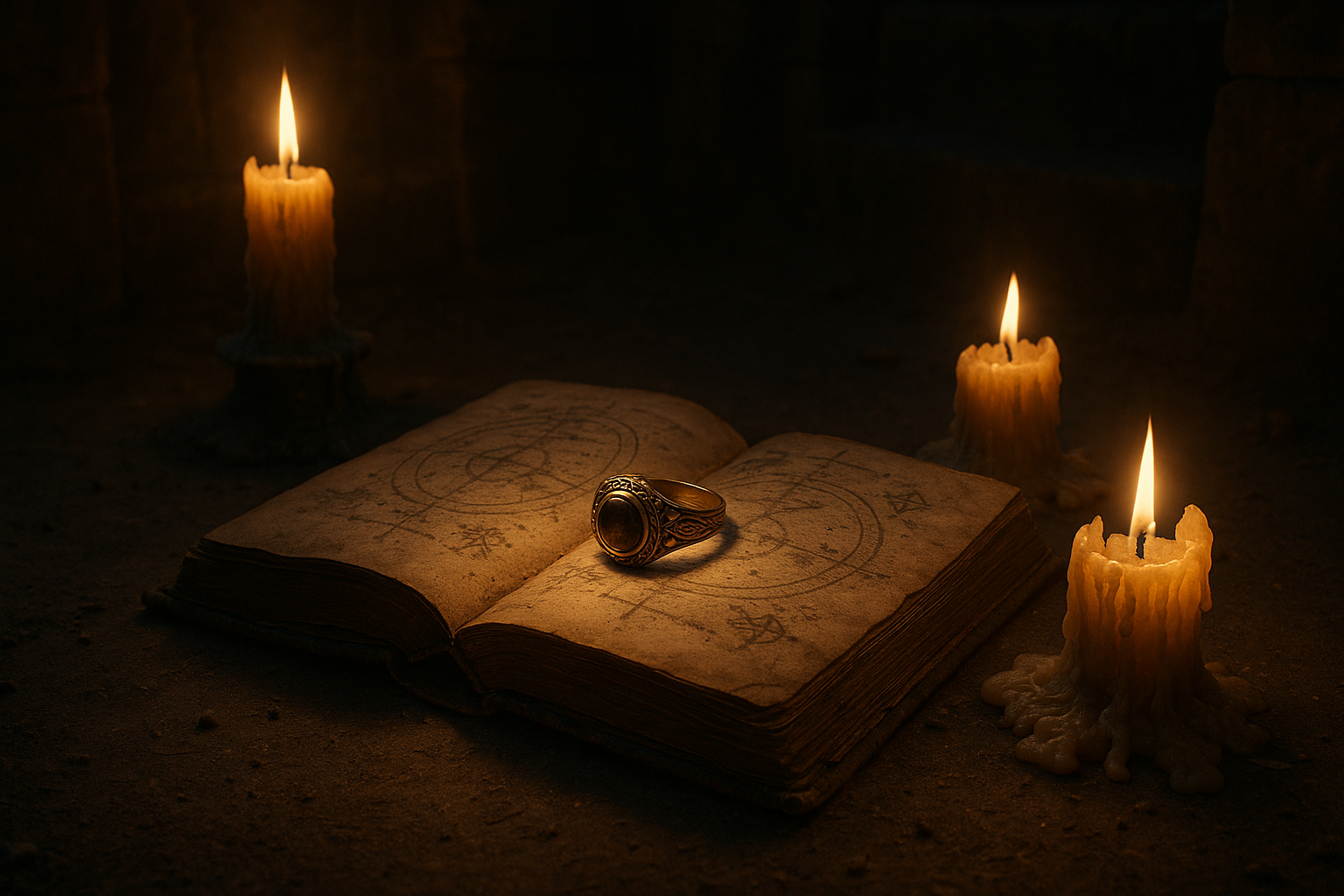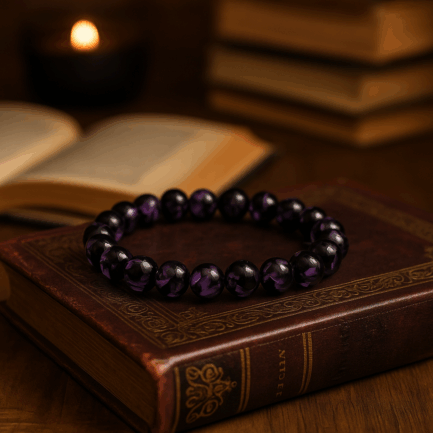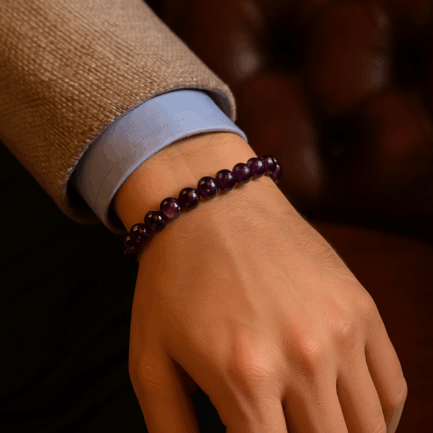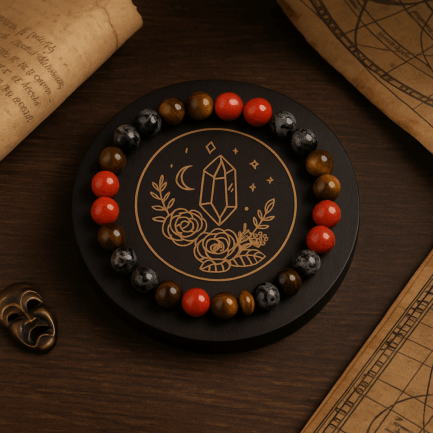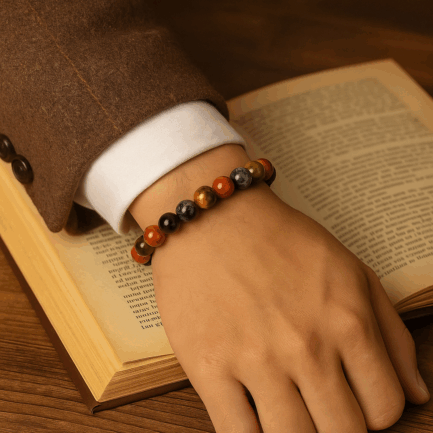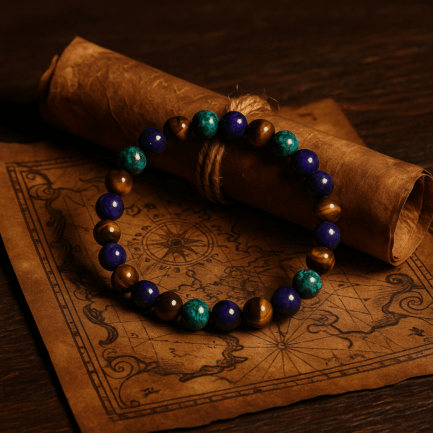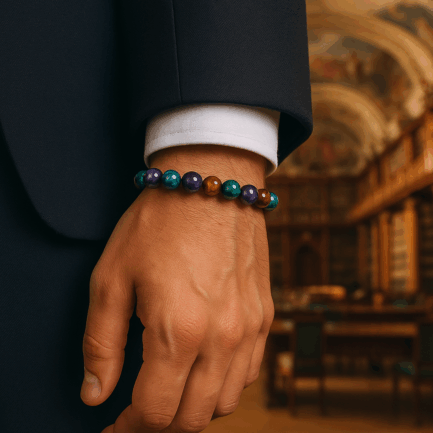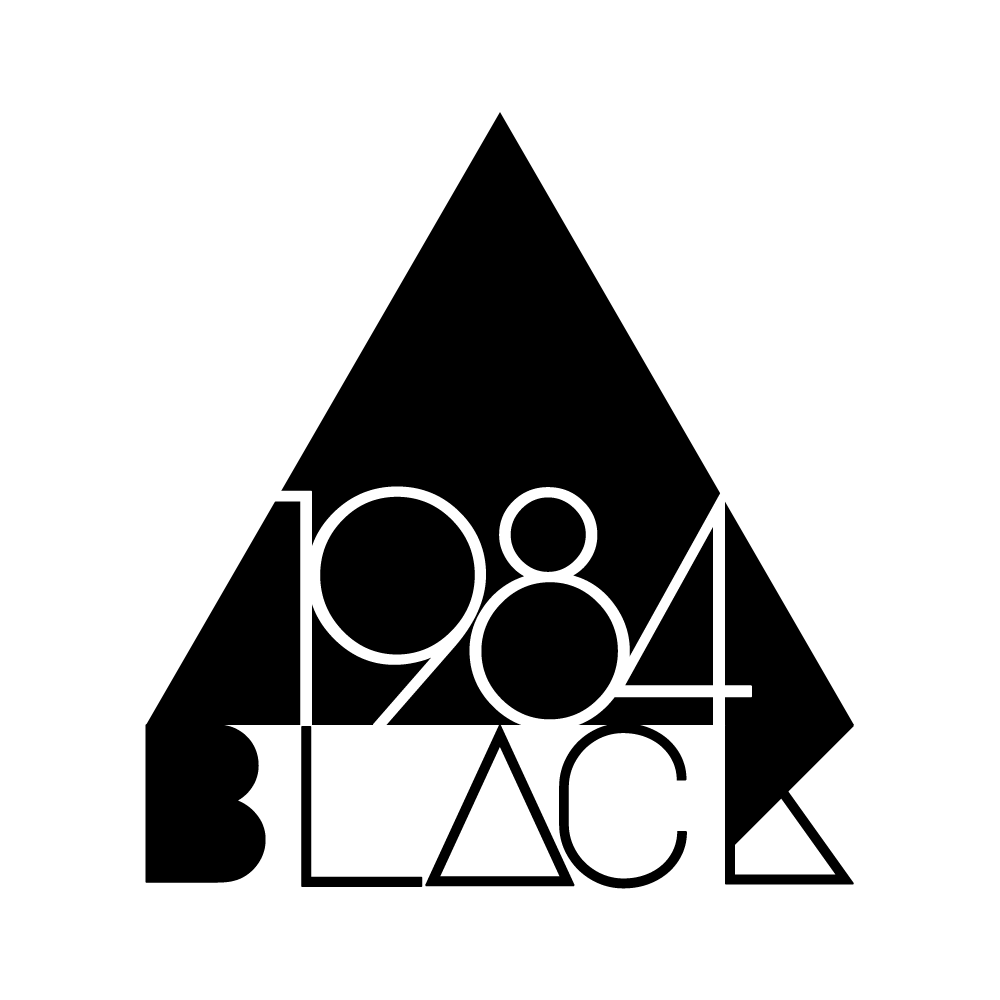A ring is never just a circle.
It begins as a shape; smooth, closed, perfect.
But over time, it becomes something more:
an orbit, a ritual, a contract, a cipher.
In gold, iron, or bone, the ring carries the weight of belonging and the risk of becoming.
It encircles not just the finger, but the self.
The First Circles
Our earliest ancestors shaped rings from reeds and bone, slipping them onto fingers not for decoration, but for demarcation. Hunters wore rings braided from sinew, notched with kills. Shamans adorned their hands with bone loops, each one a talisman of memory, lineage, or unseen forces. These rings were less about ornamentation than invocation.
To circle the finger was to bind intention to action.
Rings of Authority
Later came the rings of rulers — signet rings, crest rings, papal rings, imperial bands. Each was a portable declaration of sovereignty. It wasn’t the ring itself that held the power, but the recognition of what it meant. These rings could sign treaties, legitimize heirs, seal fates.
In some courts, to kiss the ring was to acknowledge submission. In others, refusal meant exile — or execution.
But even outside thrones and temples, the signet persisted. Merchants carved their marks into agate or jet, pressing them into wax, affirming identity when words could be forged. These were not just seals — they were silent contracts between families, between strangers, between the living and the dead.
Vows and Voids
Of all rings, none is more enduring — or deceiving — than the wedding band.
Perfect in shape, the wedding ring suggests eternity, unity, return. But its simplicity masks complexity. In its circle is a leap: from independence into shared gravity. From “I” to “us.” It’s a contract without clauses, a ceremony wrapped in metal.
Yet for some, the ring becomes a phantom — still worn after the bond has broken. Its weight remains even when its meaning has decayed. Others remove it with relief or ritual, burying it in drawers or oceans. The ring endures. The feeling changes.
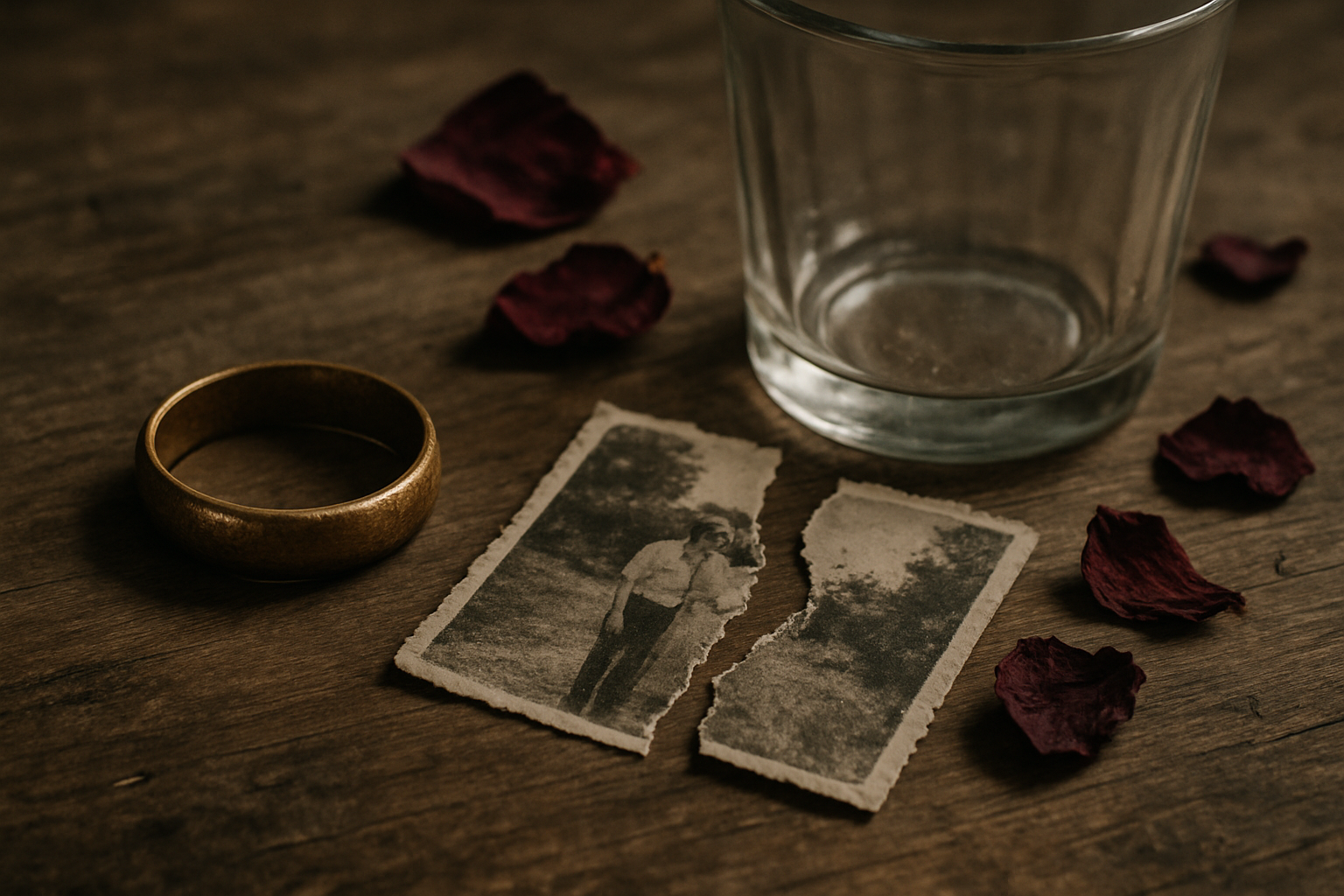
Heirlooms: Rings That Remember
Heirloom rings are time made tangible. When passed from one hand to the next, they do more than bridge generations — they transmit burdens. A grandmother’s ring, inherited in silence. A father’s ring, never worn but never sold. These objects carry the DNA of stories, some spoken, others withheld.
To accept an heirloom is to accept unfinished business. Will you preserve it, wear it, change it, or let it disappear?
Sometimes the ring is remade — metal melted, stones reset. But even in transformation, it remembers. The circle reforms, but the orbit persists.
Hidden Rings, Hidden Meanings
There are rings that were never meant to be seen. Poison rings. Cipher rings. Rings with hollow compartments or engraved symbols meant for few to read. These were tools of alchemists, spies, and occultists. The ring became a vessel of deception — or revelation.
In secret societies, rings often acted as quiet passports. To recognize a symbol was to gain entry. To misrecognize was to be denied.
Even today, discreet rings still encode loyalty: to faiths, fraternities, ideologies. Not all are public declarations. Some whisper their allegiance in glints of metal.
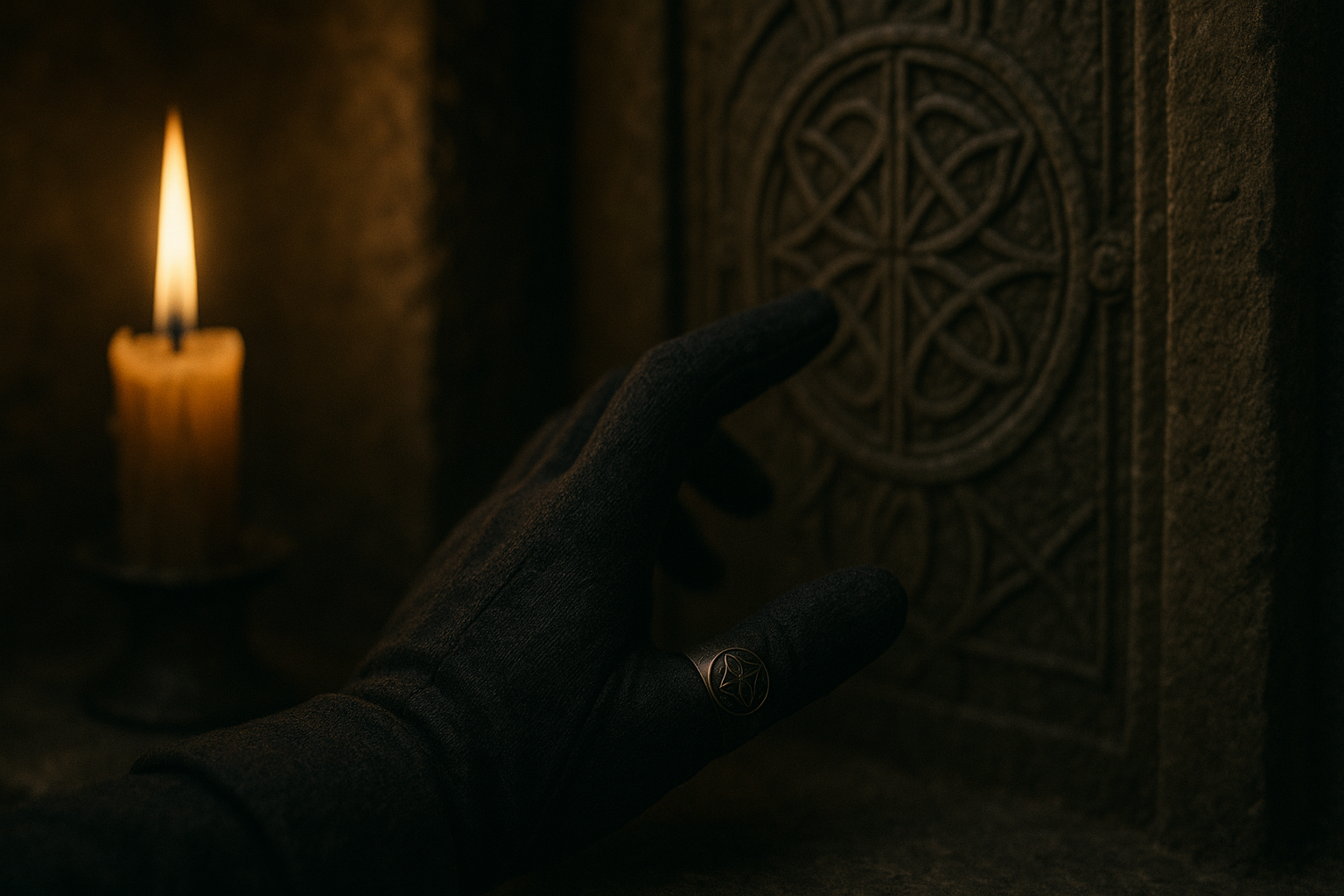
The Psychology of the Circle
Why do we return to the ring? Why does the circle continue to seduce us?
Perhaps it is because the ring offers boundaries. In a chaotic world, it defines something. A ring says: here is what I am bound to. And in doing so, it dares us to ask: what would I die for? Or more quietly: what have I already pledged to, without knowing?
The ring may rest quietly on a finger. But beneath that stillness is motion — a spinning, gravitational pull that encircles memory, identity, belief.
Rings are not neutral. They are declarations.
The question is not whether your ring means something.
The question is: do you understand what it means?
Closing Reflection
We slip rings onto fingers almost without thought; in celebration, in mourning, in habit. But the circle always asks something in return. It wants meaning. It wants memory.
To wear a ring is to declare a center of gravity. Whether that center is a person, a family, a cause, or a secret; the orbit forms. And once formed, it pulls.
So the question remains:
What orbit do you move in, and what oath have you sealed, even in silence?

